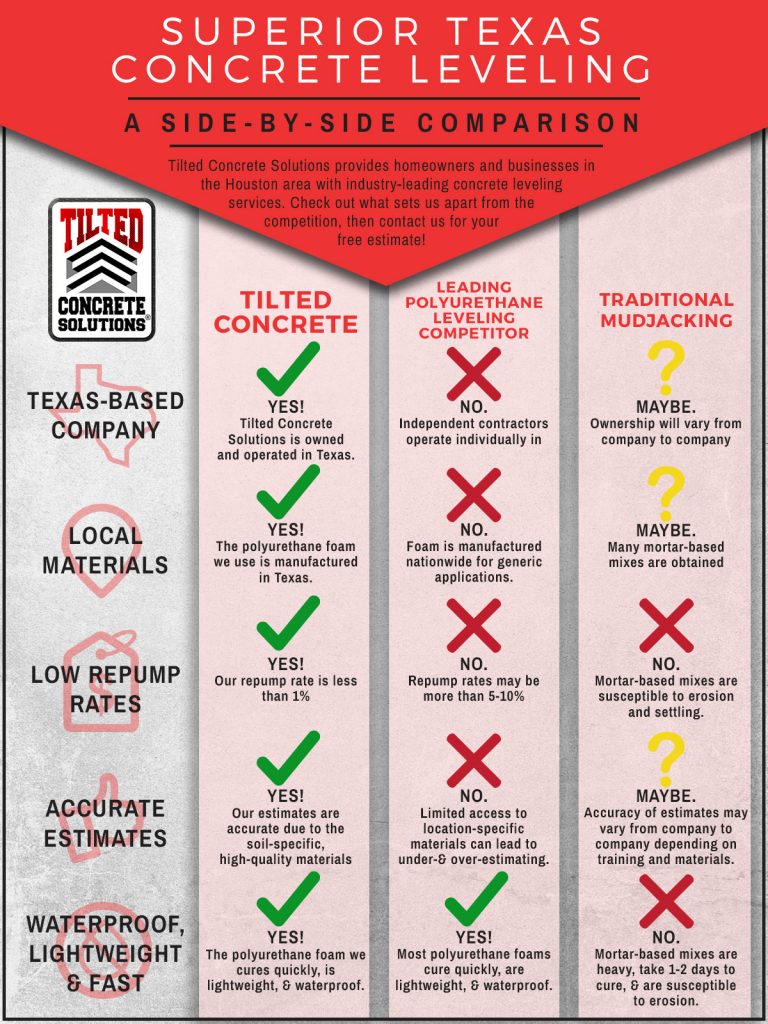Exactly How To Preparation Your Wall Surfaces For A Perfect Paint Work
Exactly How To Preparation Your Wall Surfaces For A Perfect Paint Work
Blog Article
Content Composed By-Bauer Brewer
Achieving a flawless paint task begins with thorough wall preparation. From filling out imperfections to priming surfaces, each action plays an essential function in the final outcome. But what concerning those complicated edges and sides that can make or damage the general appearance? Keep tuned to discover recommended on how to browse these difficult areas with finesse, ensuring a smooth surface that will boost your room to new heights of elegance.
Wall Inspection and Repair
Examining walls for any imperfections and quickly resolving them with necessary repair work is essential for attaining a smooth and flawless paint work. Prior to starting the paint process, thoroughly analyze the wall surfaces for splits, openings, damages, or any other damages that might influence the result.
Start by filling in any kind of fractures or holes with spackling compound, enabling it to dry completely before sanding it down to create a smooth surface. For bigger damages or harmed areas, think about using joint substance to make certain a seamless repair service.
Additionally, check for any kind of loose paint or wallpaper that may require to be gotten rid of. Remove any type of peeling paint or old wallpaper, and sand the surface to develop a consistent texture.
It's likewise vital to check for water damages, as this can lead to mold growth and affect the adhesion of the brand-new paint. Address any kind of water spots or mold with the appropriate cleansing services prior to waging the paint procedure.
Cleaning and Surface Area Preparation
To guarantee a pristine and well-prepared surface area for paint, the next action includes thoroughly cleaning up and prepping the walls. Begin by dusting the walls with a microfiber cloth or a duster to eliminate any kind of loose dust, webs, or particles.
For more persistent dust or grime, a solution of moderate detergent and water can be made use of to carefully scrub the wall surfaces, complied with by an extensive rinse with tidy water. Pay unique interest to areas near light switches, door takes care of, and walls, as these often tend to build up more dirt.
After cleaning, it is vital to check the wall surfaces for any kind of splits, holes, or blemishes. These ought to be filled with spackling compound and sanded smooth as soon as dry. Sanding the walls lightly with fine-grit sandpaper will additionally assist create a consistent surface for paint.
Priming and Taping
Before paint, the wall surfaces need to be primed to ensure appropriate attachment of the paint and taped to secure adjacent surfaces from stray brushstrokes. https://smalljobpaintersnearme21650.luwebs.com/34666996/home-painters-the-hidden-component-for-a-dynamic-cozy-and-refreshing-home-setting as a vital action in the painting process, specifically for brand-new drywall or surfaces that have actually been covered or fixed. It helps seal the wall, developing a smooth and consistent surface area for the paint to adhere to. In https://exteriorpaintersnearme65432.jaiblogs.com/60994786/going-with-the-right-home-painters-discovering-the-insights-for-a-striking-home-redesign , primer can improve the toughness and insurance coverage of the paint, eventually causing an extra professional and long-lasting surface.
When it concerns taping, making use of painter's tape along trim, ceilings, and various other surface areas you wish to protect is essential to achieve clean and crisp paint lines. Painter's tape is designed to be conveniently used and eliminated without harming the underlying surface area or leaving any kind of deposit. Take the time to correctly tape off areas prior to repainting to save on your own the problem of touch-ups later.
Verdict
In conclusion, properly preparing your walls before paint is critical for achieving a flawless surface. By evaluating for blemishes, cleaning thoroughly, priming the surface, and utilizing painter's tape for clean lines, you can guarantee a professional-looking paint task.
Putting in the time to finish these steps will certainly lead to a smooth and resilient surface that improves the general appearance of your area.
